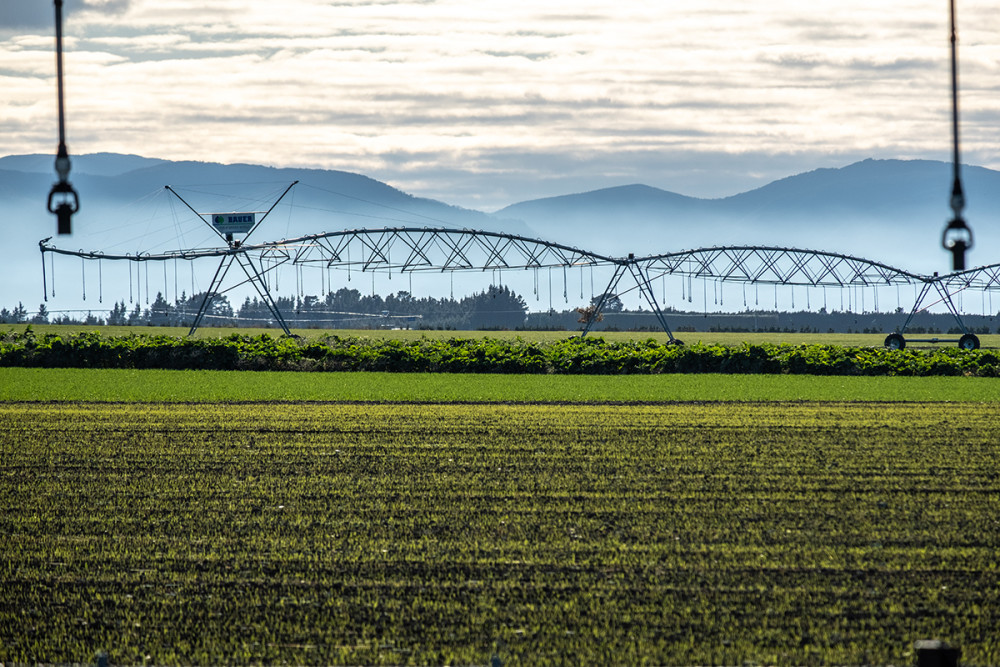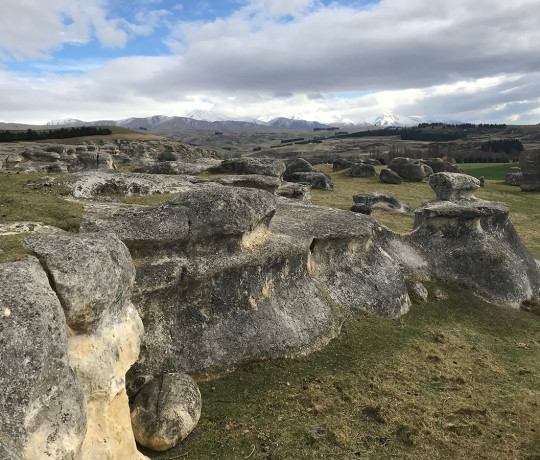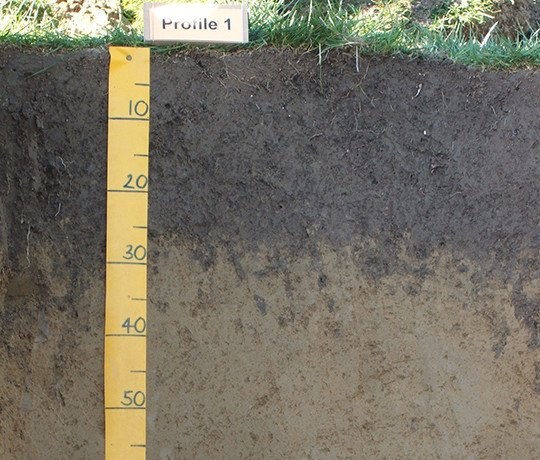Humans and soil formation
The human factor

On arable land human disturbance can be visible as a distinct line between topsoil and subsoil – evidence of repetitive ploughing. Or sometimes past human activities might remain invisible, as when antibiotics and other contaminants pollute the soil body.
The human impact on soil began with the transition from gathering and hunting to agriculture around 5,000 years ago1. Forests were logged and land was turned into crops and pasture. More and more soils got worked on, while settlements sealed the ground within them.
Since the early days human activities have altered land cover and soil, but it was not until last century that the change of the land and its soils accelerated. Migration and population growth demanded an increasing amount of food, shelter, raw materials and space. The pressure on soil resources intensified, and it is estimated that human activities have by now modified 50% of the current ice-free land area2.
Nowadays the impact of human activities on soil is considered a sixth factor in soil formation, in addition to CLORPT. Many soils are subject to human disturbances – disturbances that are capable of inhibiting or accelerating soil formation, or even channelling it in a completely new direction. The influence of human activities on soil often affects other soil-forming factors, but it operates at different scales and intensities.
Direct disturbances are caused by land-use change, land degradation and soil sealing, all of which cause soil to deteriorate. Among these, the conversion from forest to agricultural land triggers one of the most severe changes: the loss of soil organic carbon. Other impacts include the use of pesticides, which decreases soil biodiversity, intensive irrigation leading to soil salinisation, and the accumulation of heavy metals in polluted soil. Climate change – an indirect effect of human activities – is omnipresent, with consequences on soil and life difficult to foresee. Following are a few of many possible examples.
Modified soils
Soil is a natural body. But sometimes when soil includes artificial materials, such as bricks and rubbish, or it has been amended with chemicals and fertiliser for a long time, it may appear different from its former natural self.
In settlements, buildings and roads conceal up to 70% of the soil surface2. Soil on spoil heaps has to deal with new mineral formations, which influence soil genesis. Garden soil in the backyard is treated to grow vegetables, grass or flowers. A quick look around us reveals that many soils have become modified or shaped, or are even man-made.
Soils formed by human activity are given a variety of names: Anthrosol, Technosol, Terra preta or Anthropic Soil. Soil taxonomy often distinguishes human-modified soils and places them in their own category, different from natural soils. Most human-modified soils have been transformed and manipulated, altered or heavily damaged to such a degree that they bear little resemblance to their ancestors. Understanding how human-modified soils interact with the broader environment has, therefore, become an important new task for present-day soil and environmental scientists.
An Anthrosol (man-made soil) explained
Origin and classification of an Anthrosol explained by Stephan Mantel from ISRIC – World Soil Information.
1 Blum (2007). Bodenkunde in Stichworten. 6th edition.
2 FAO & ITPS (2015). Status of the World’s Soil Resources (SWRS) – Main Report. Food and Agricultural Organisation of the United Nations and Intergovernmental Technical Panel on Soils, Rome, Italy.

